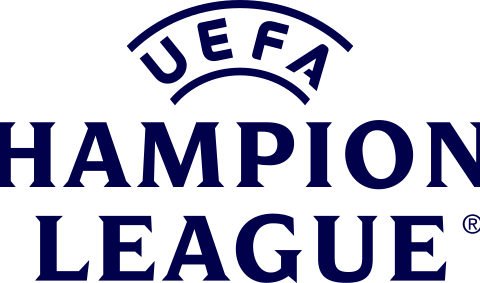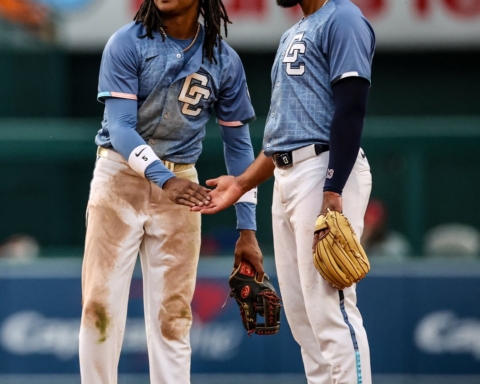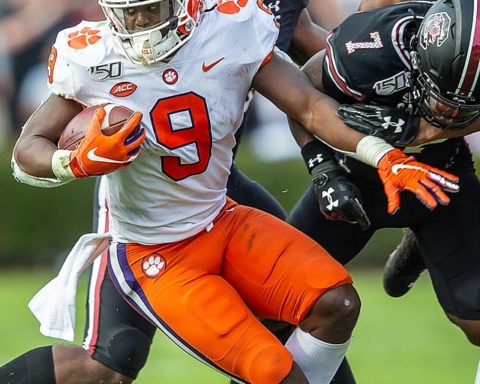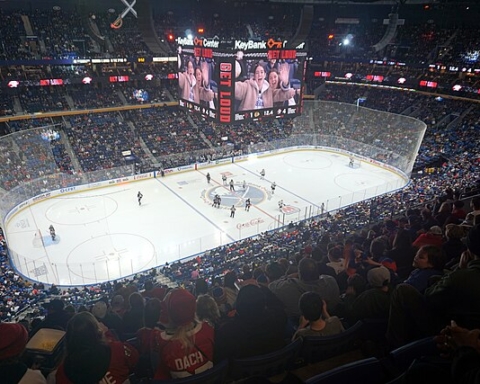Intersectionality is a fairly recent idea that ties together the different parts of a person’s identity and how those parts overlap and affect one another. Typically, this involves race, gender, sexual orientation, socioeconomic status and others.
Added to Merriam-Webster in April 2017, it is defined as “the complex, cumulative manner in which the effects of different forms of discrimination combine, overlap or intersect.”
I’ve been thinking about my own intersections, and I’ve decided the definition errs by including the word discrimination. While typically intersectionality is used in regards to the multiple ways someone could be discriminated against,; a black, gay Jew for instance. Intersectionality is broader than just discrimination, however, and envelops all parts of a person’s identity.
In regards to myself, I’ve come to the conclusion being an athlete plays a part in my own intersectional identity.
Coming into college, I was a freshly out, gay freshman. That’s not to say I went around telling everyone, but I was open about who I am, something that completely differed from how I was in high school. But something unexpected happened: I became a Division I athlete.
I played soccer my freshman year of high school. I was maybe 5 feet 4 inches tall, and I played goalkeeper. I also barely played and quit after that season. Over the next three years, I focused on schoolwork, but one thing that I always did was go on an occasional run.
Fast forward to college, and I saw one of my friends (now one of my teammates) getting ready to run with the Running Club. I ended up joining the club, which led to cross country coach Bob Macfarlane reaching out to ask if I was interested in walking on to the team.
Two and half years later, and I feel like I’ve completely changed. My wardrobe is completely different, my teammates are all my best friends and I’ve become much stronger. I went from having crutches my first month joining the team because of the strain on my legs to running upwards of 60 miles a week, including a 14.6 mile, 1,000 foot elevation run on Sunday with a teammate.
One thing that has remained unchanged, though, is my sexuality.
The best word to describe how the transition to becoming an “athlete” has been is just: weird. The locker room vibe definitely exists among guys on the team; however, I’ve never felt out of place or outcast because I’m gay and the rest of my teammates are straight. If anything, it can provide some laughter, as we can joke good-heartedly about being gay without any kind of awkwardness.
One caveat to this, though, is I feel as if I might be missing out on “being gay.” While I’m not too upset by this, it’s just food for thought to wonder where I’d be had I never joined the cross country team.
Intersectionality’s part in all this lies in the small percentage of people I fall within. In 2016, Gallup found 4.1 percent of Americans identified as lesbian, gay, bisexual or transgender (LGBT). According to the NCAA, 5.6 percent of cross country runners move on from high school to compete at the Division I level (and I didn’t even run competitively in high school).
A crazier number? While definitive statistics can be difficult to find, OutSports knows of 41 Division I student-athletes that are publically out at the beginning of the 2017-18 academic year. There is a total of 460,000 Division I athletes across the United States, meaning being an out gay athlete puts me in 0.0089 percent of all Division I athletes.
While I’m fairly certain there are well more than 41 LGBT+ college athletes, the number is still incredibly low. I’m sure not all sports are accepting as cross country, as it took until this season for the first openly gay NCAA Division I Football Bowl Division players to compete. Still, OutSports is aware of almost double the amount of openly LGBT+ players this season than last year, showing that being a gay athlete is becoming more accepted by both society and the athlete.
This intersectional awareness is important. People don’t have to wait until after college athletics to come out; it’s okay to be gay and be a student-athlete.
Photo courtesy of writingtheother.com






